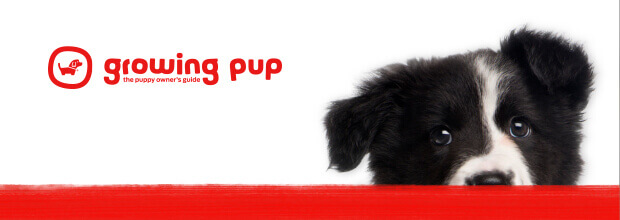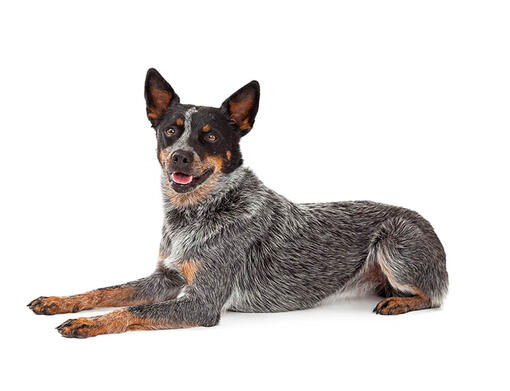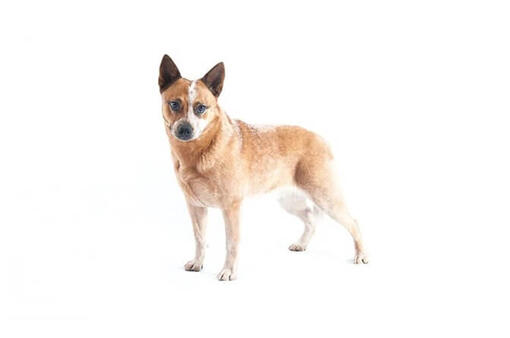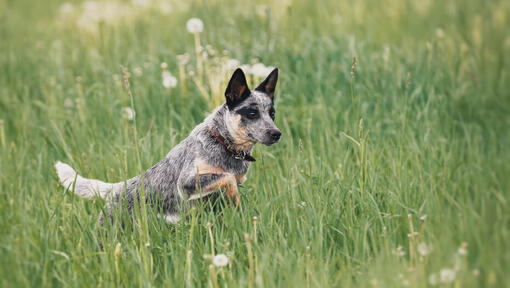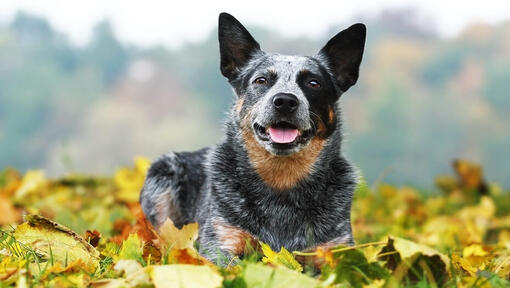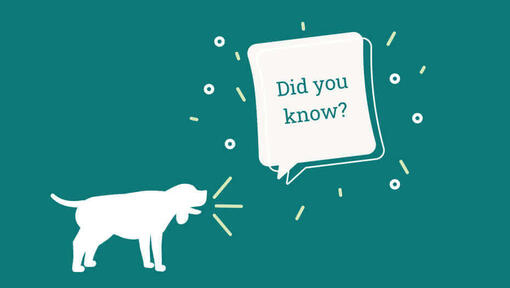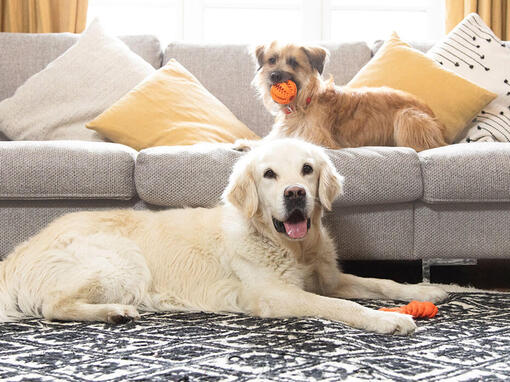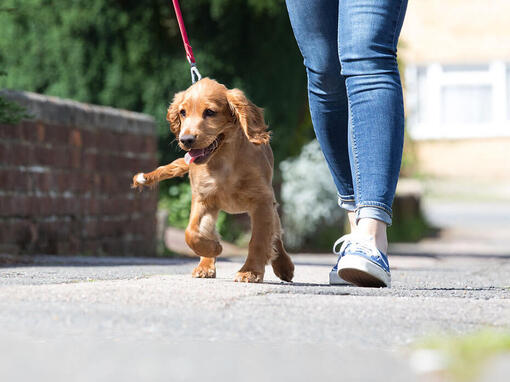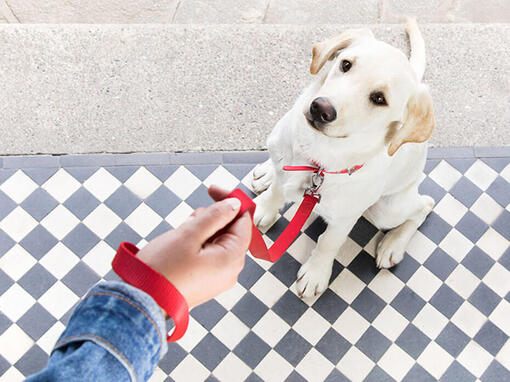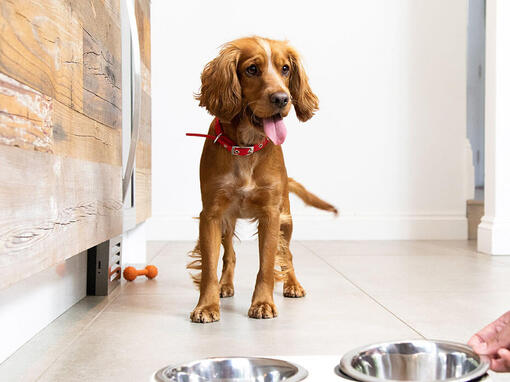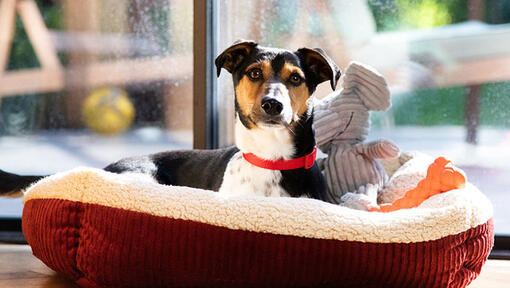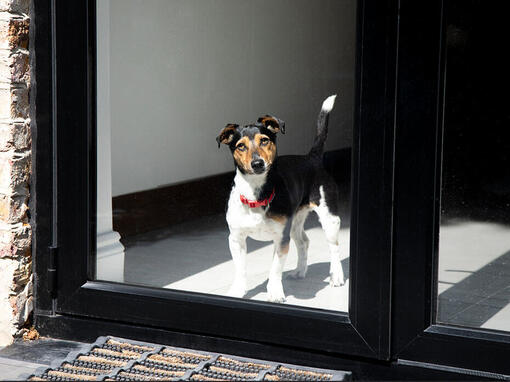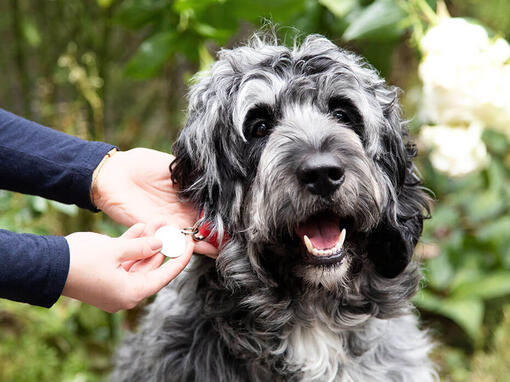Agile, strong and courageous, the Australian Cattle Dog was developed in the 1800s in Australia. An intelligent and determined high-energy working dog, the Australian Cattle Dog is happiest in large, open spaces with an engaging job to do. This loyal and protective breed bonds closely with his family, but his owners must establish themselves as the pack leaders. The breed’s smooth, short coat requires occasional bathing and brushing.
DID YOU KNOW? The Australian Cattle Dog has helped the beef industry of Australia thrive by enabling farmers to maintain huge herds. Australian Cattle Dogs are born completely white.
ALSO KNOWN AS: ACD, Cattle Dog, Blue Heeler, Red Heeler, Queensland Heeler


